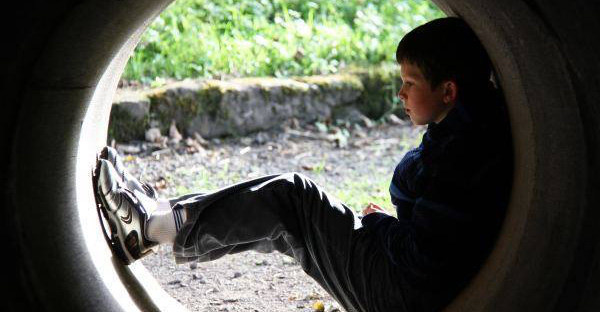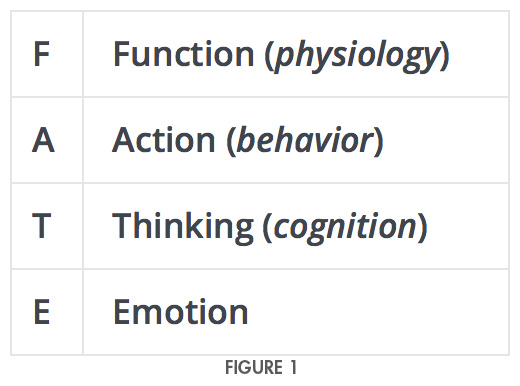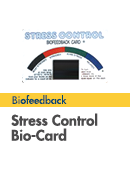Social Phobics Most at Risk for Phone & Technology Compulsion
Jonathan Berent, L.C.S.W., author of “Beyond Shyness” (Simon & Schuster) and “Work Makes Me Nervous” (Wiley) has identified technology compulsion... Read more

Understanding shyness and related problems is a huge topic that has a ton of angles. If you just searched for shyness it probably means there’s some kind of challenge at play; either for yourself or a family member.
The reason the title of my first erentook was “Beyond Shyness: How to Conquer Social Anxieties” is because shyness is all too often an abstract word and concept to be functional. In other words, it’s important to go beyond shyness for any practical understanding to facilitate change.
Having worked with literally thousands of individuals of all ages since 1978, one of the most common responses by teachers, pediatricians, and well intentioned parents has been “Don’t worry; he/she is just shy and will grow out of it”. Clinical reality has demonstrated that nothing is further from the truth. Believe me; this is not an attempt to medicalize or pathologize shyness. Clinical experience has clearly demonstrated that the more shyness is in place the more ingrained it becomes.
Let’s consider the constellation of dynamics and interpretations that compose the chemistry of shyness.
According to The American Psychological Association” shyness is the tendency to feel awkward, worried or tense during social encounters, especially with unfamiliar people. Severely shy people may have physical symptoms like blushing, sweating, a pounding heart or upset stomach; negative feelings about themselves; worries about how others view them; and a tendency to withdraw from social interactions”.
Introversion is a characteristic that applies to many shy people. The following from Wikepedia describes introverts well:
“This is the state of being predominantly interested in one’s own mental self. Introverts are typically perceived as more reserved or reflective. Some popular psychologists have characterized introverts as people whose energy tends to expand through reflection and dwindle during interaction”.
So when do the characteristics of “the tendency to feel awkward’ and “reserved” become a problem? The simple answer of this question is, in my professional opinion, when the shy person is helpless. The primary way helpless manifests is when the shy person of any age is overly avoidant of situations that cause awkwardness. This avoidance is enabled and perpetuated by over-dependence.
In order to understand helplessness it’s important to consider the avoidance-dependence dynamic that has, in essence, rendered the mental health profession unproductive in its attempt to provide therapeutic services for shy people. For example, I received a call from the mother of a 26 year old who said “can you help my son? He’s very shy. My response “yes, but I need to see the parents first”. Her response; with quite a bit of indignation, “why do you want to see us. He’s 26 years old”. My response why are you making the phone call? When the “shy” person of any age is in counseling or psychotherapy an important variable to assess is does the individual have any initiative for healing? If initiative is not present it is imperative for caregivers to develop an empowering strategy. If this strategy is not integrated into treatment, in most cases the process will be unproductive.
The most profound example of confusion regarding shyness at an early age is selective mutism. Selective mutism is a condition where child does not talk in interactive situations. While there are variations of this disorder, the common scenario goes something like the parent saying “my child talks normally at home, it’s just at school where there is a problem”. The typical response from professionals, and usually the belief of the parents is the grow out of shyness mantra. Here’s the reality. Take it or leave it. While the selectively mute child exhibits signs of shyness a very ingrained anxiety response driven by the obsessive compulsive mind is at work. The “grow out of It” belief is one of the ultimate examples of denial. This denial perpetuates over-dependence and avoidance which sucks the life out of the shy person’s potential and self-esteem.
When the shy person avoids challenging scenarios because of awkwardness, or feeling reserved, skills acquisition is at risk. This leads to performance anxiety. Work Makes Me Nervous is a self-help book for performance anxiety at work.
 Here is some crucial advice to empower the shy person. Invest in the belief that the shy individual needs to learn how to compensate for inhibiting characteristics rather than the passive grow out of it approach. And here is the punchline: Shyness is social anxiety. The question is, to what degree is it present?. Develop a functional understanding of shyness-social anxiety by understanding its components. Think of F.A.T.E. (See Figure 1).
Here is some crucial advice to empower the shy person. Invest in the belief that the shy individual needs to learn how to compensate for inhibiting characteristics rather than the passive grow out of it approach. And here is the punchline: Shyness is social anxiety. The question is, to what degree is it present?. Develop a functional understanding of shyness-social anxiety by understanding its components. Think of F.A.T.E. (See Figure 1).
The belief that shyness is a personality characteristic that can’t be changed or modified is a terribly enabling and disempowering phenomenon!
There is a tendency with common existing therapies to fit social anxiety disorder into the narrow confines of one specific approach. The Berent Treatment Method for Social Anxiety is based on adapting treatment to the specific needs of social anxiety. The treatment architecture includes transactional analysis-based mind state training, core work based on the Sarno method, and the paradoxical technique of adrenaline control. Very importantly, the method is customized for the individual with and without initiative.
Go to the Clinical Interviews LibraryJonathan Berent, L.C.S.W., author of “Beyond Shyness” (Simon & Schuster) and “Work Makes Me Nervous” (Wiley) has identified technology compulsion... Read more
Rob went to college for a week until his social anxiety got the best of him and he retreated home. At age 26 he worked sporadic jobs with no continuit... Read more
Sterling Heights October 16, 2012 By Cortney Casey, C & G Staff Writer The approximately 250 strangers conversing amongst themselves fell silent a... Read more








Berent Associates, 10 Bond St., #371, Great Neck, NY 11021
Tel: (516) 872-9383, Fax: (516) 487-7414, E-mail: jberent@socialanxiety.com
Privacy Statement: All information collected from this website, including E-mail addresses, mailing addresses and personal
information, will not be shared or sold. Any information collected through this site will be used by Berent Associates only.